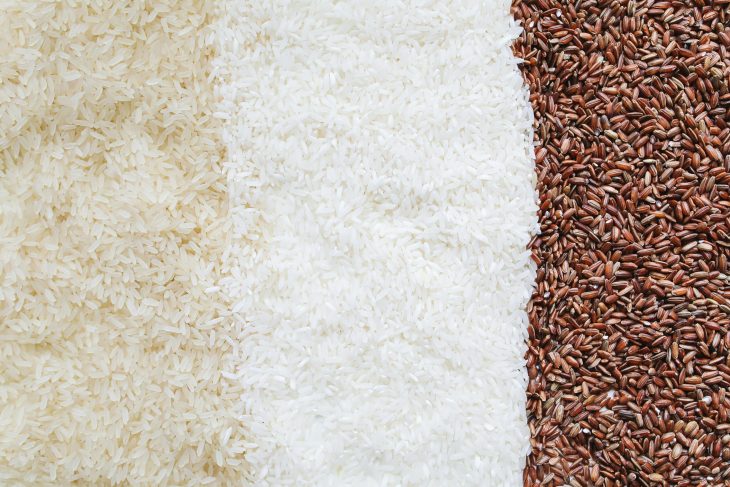
Rice, a staple food for over half the world’s population, comes in an astonishing array of varieties. Have you ever wondered just how many types of rice exist and what makes each one unique? From the fragrant basmati of India to the sticky sushi rice of Japan, each variety has its own distinct flavor, texture, and culinary use. Some are perfect for creamy risottos, while others shine in hearty pilafs or sweet desserts. Join us on a journey through 9 different kinds of rice, each with its own story and special characteristics that make it a beloved ingredient in kitchens around the globe.
1
of 9
Purple Rice
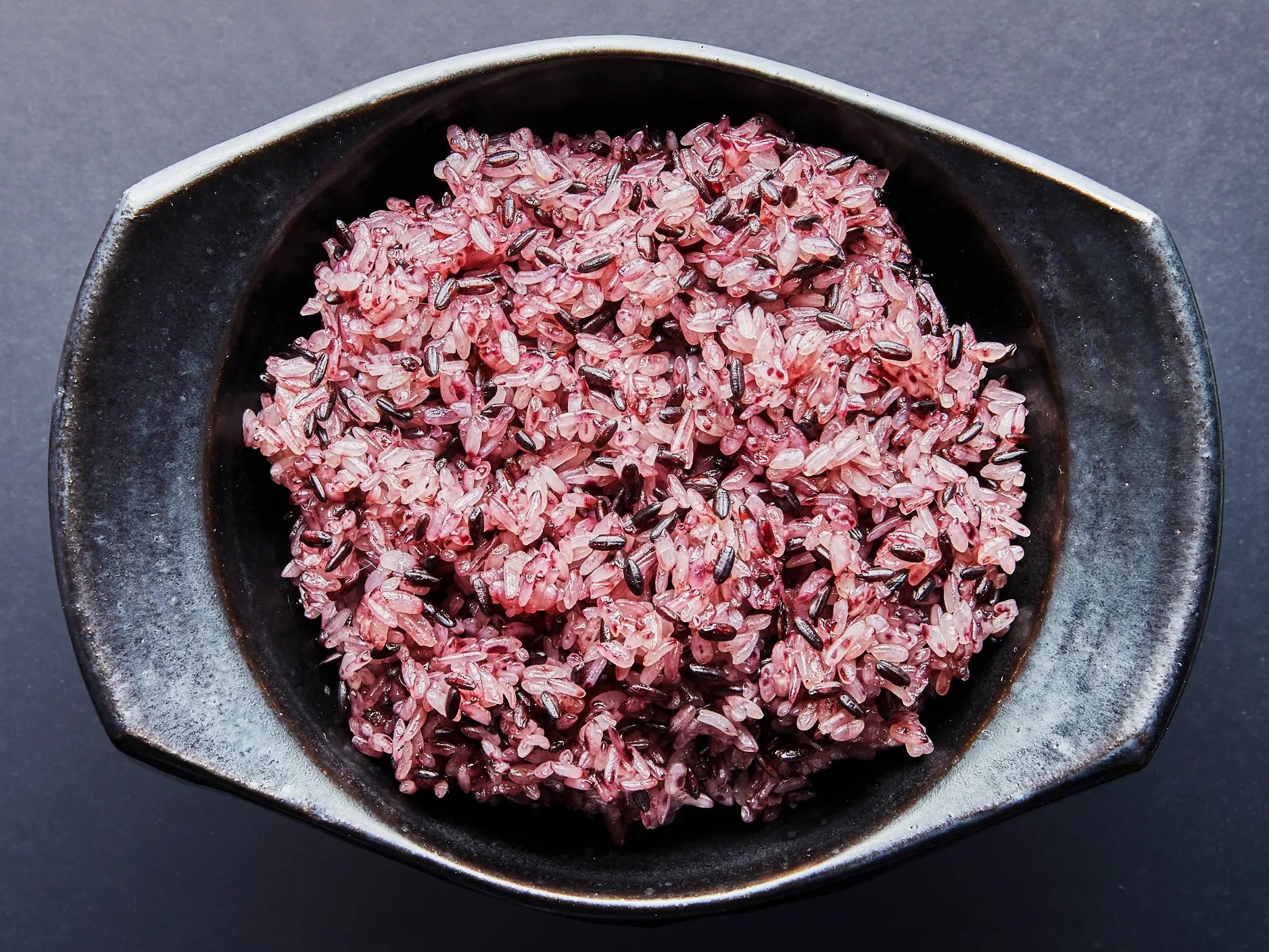
Purple rice, known for its unique color and nutty flavor, is packed with antioxidants and nutrients. Often used in Asian cuisine, it provides numerous health benefits and adds visual appeal to dishes. This ancient grain is not only delicious but also versatile, making it a great addition to various recipes. Learn more about purple rice and its benefits by clicking the link to read our facts article.
Read More About Purple Rice: 18 Facts About Purple Rice
2
of 9
White Rice
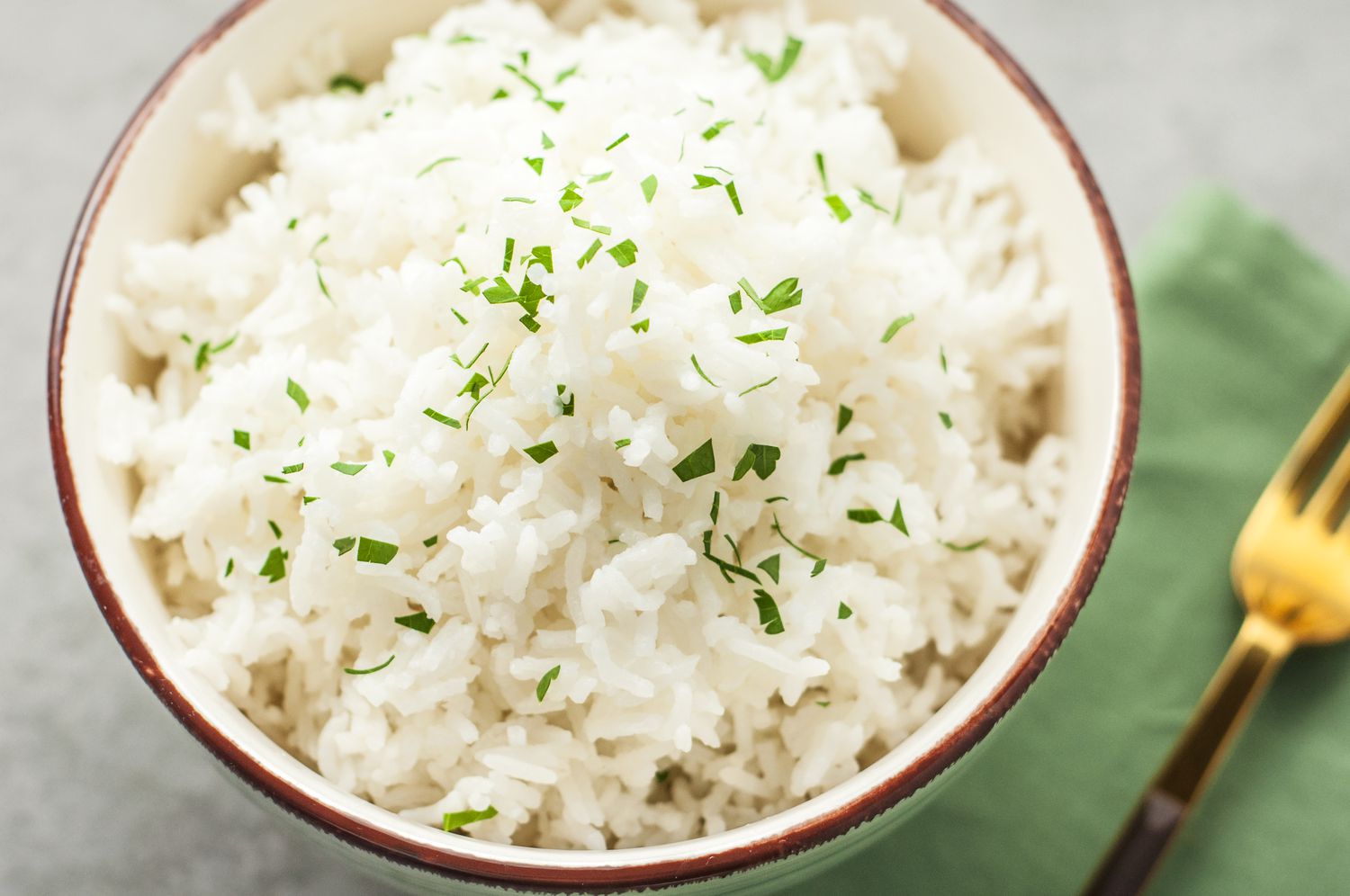
White rice is a staple in many diets around the world, offering a versatile and neutral base for a variety of dishes. It is processed to remove the husk, bran, and germ, resulting in a softer texture and milder flavor compared to brown rice. Its quick cooking time and ability to absorb flavors make it a popular choice in kitchens globally. Read more about white rice in this article.
Read More About White Rice: 12 Facts About White Rice
3
of 9
Jasmine Rice
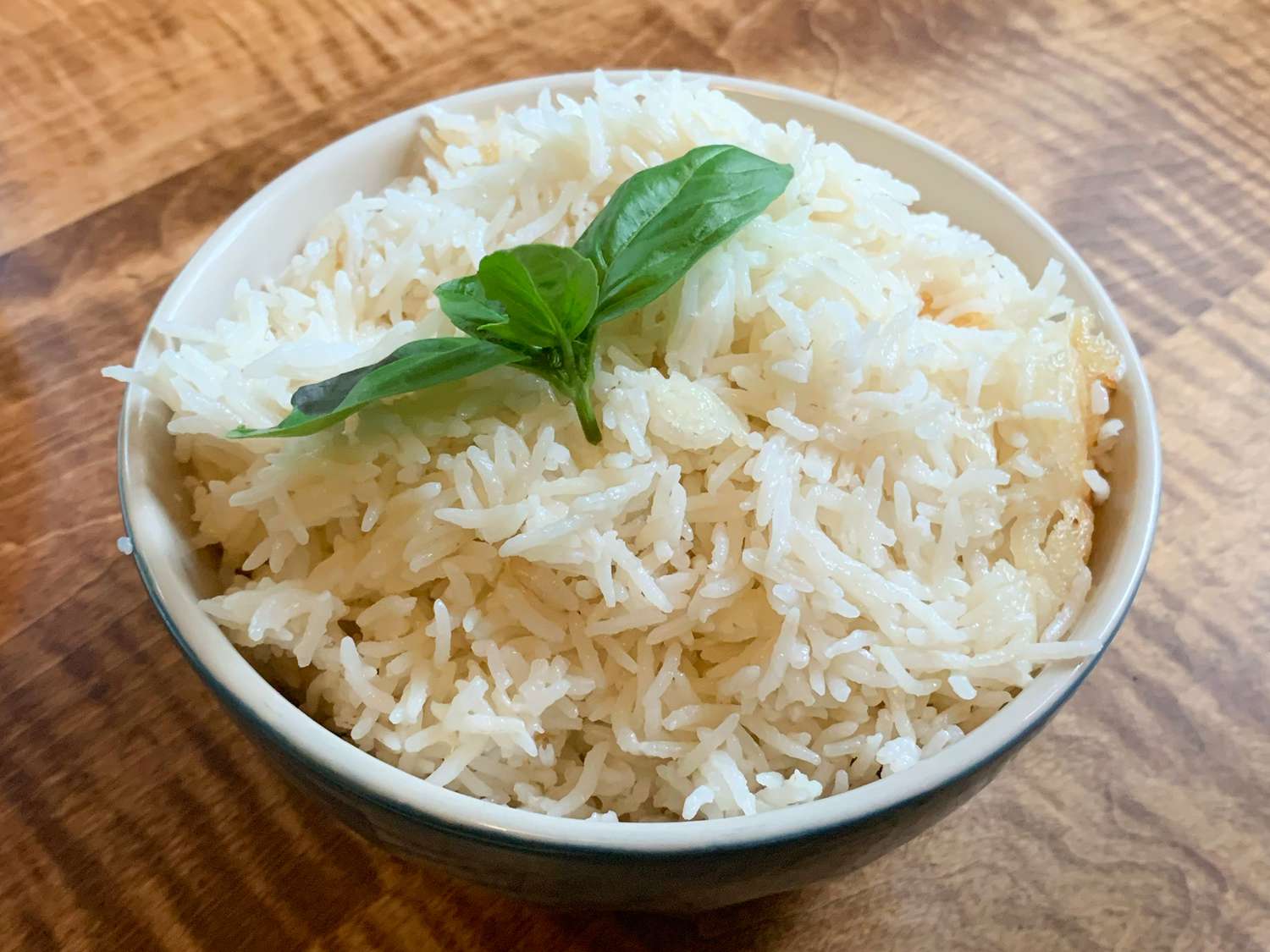
Jasmine rice, renowned for its delicate fragrance and soft, slightly sticky texture, is a long-grain rice variety primarily cultivated in Thailand. With its subtly sweet flavor and fluffy grains, jasmine rice pairs excellently with a wide range of dishes, from stir-fries to curries. Its aromatic profile comes from a natural compound called 2-acetyl-1-pyrroline, giving it a distinct floral scent. Discover more about the origins, characteristics, and culinary versatility of jasmine rice by exploring our detailed article!
Read More About Jasmine Rice: 15 Facts About Jasmine Rice
4
of 9
Black Rice
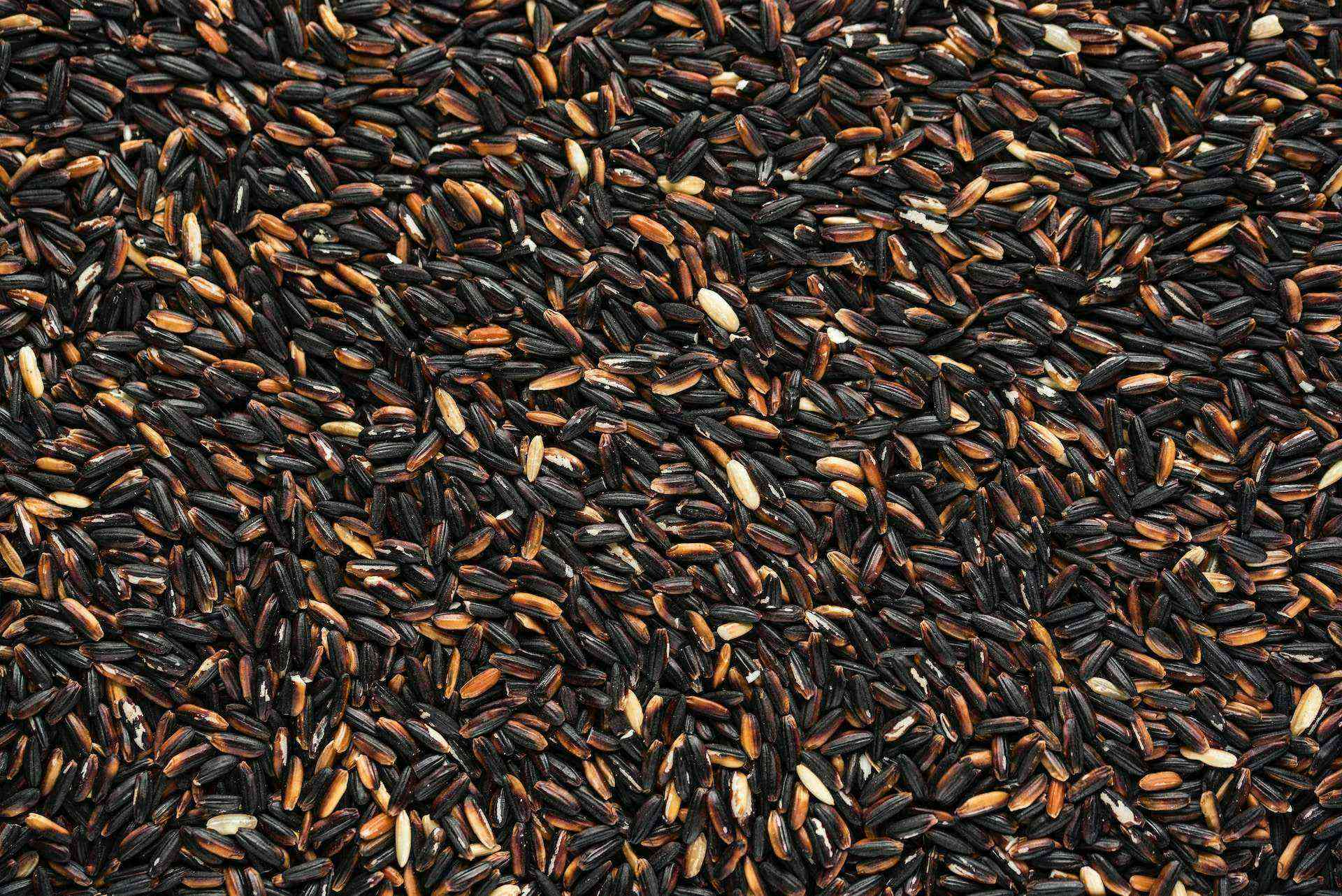
Black rice, often referred to as “forbidden rice,” is an ancient grain with a striking deep purple to black color. Rich in antioxidants, fiber, and iron, black rice offers numerous health benefits. Its nutty flavor and slightly chewy texture make it a versatile ingredient in both savory and sweet dishes, such as salads, stir-fries, sushi, and desserts. Uncover the fascinating history, nutritional value, and culinary uses of black rice in our informative article!
Read More About Black Rice: 17 Facts About Black Rice
5
of 9
Brown Rice
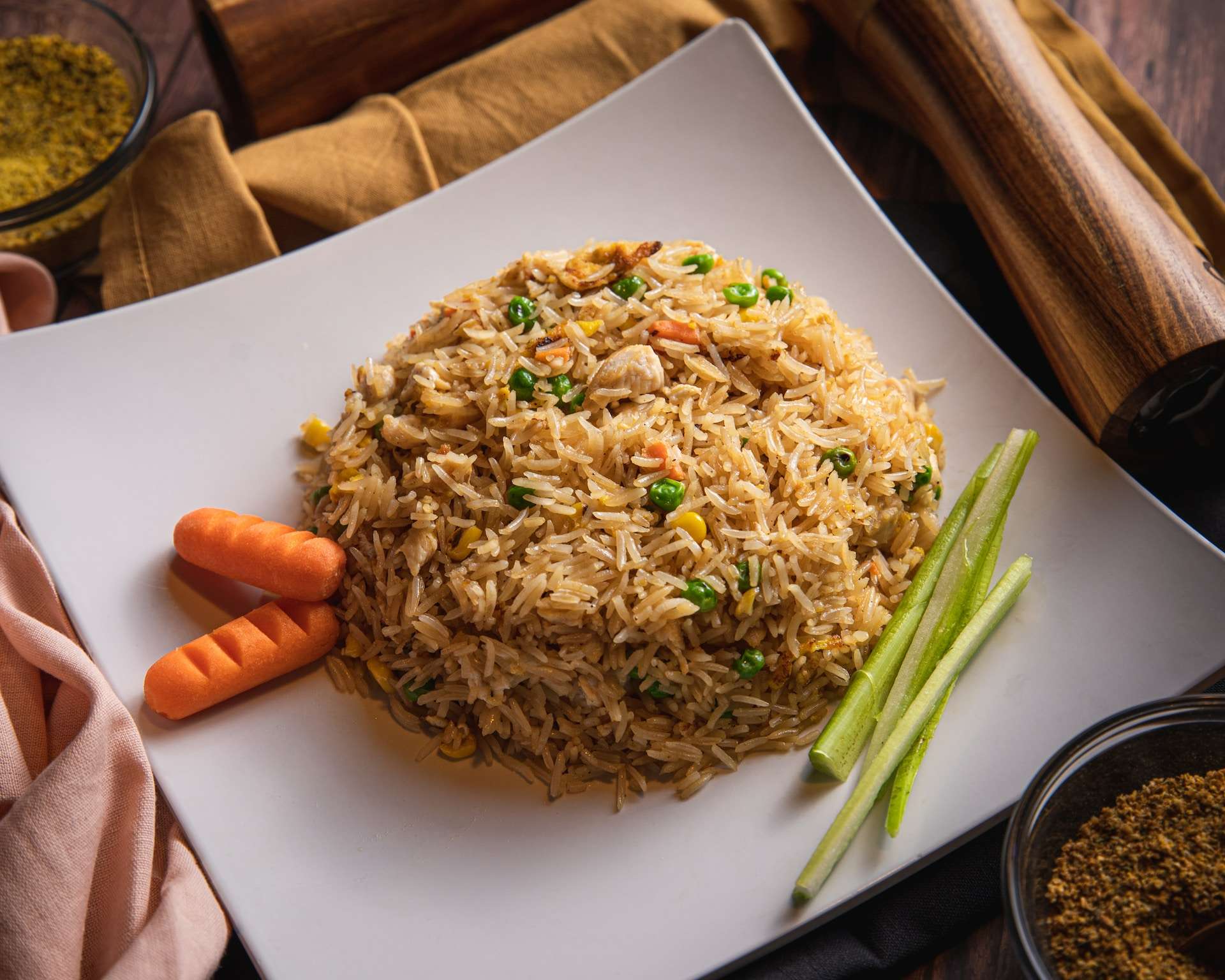
Brown rice, a whole grain variety, retains its bran and germ layers, giving it a chewy texture and nutty flavor. Unlike white rice, it’s minimally processed, making it rich in fiber, vitamins, and minerals. With its earthy taste, brown rice is a versatile ingredient in a variety of dishes, including stir-fries, pilafs, salads, and risottos. Discover more about the nutritional benefits and culinary uses of brown rice in our comprehensive article!
Read More About Brown Rice: 16 Facts About Brown Rice
6
of 9
Basmati
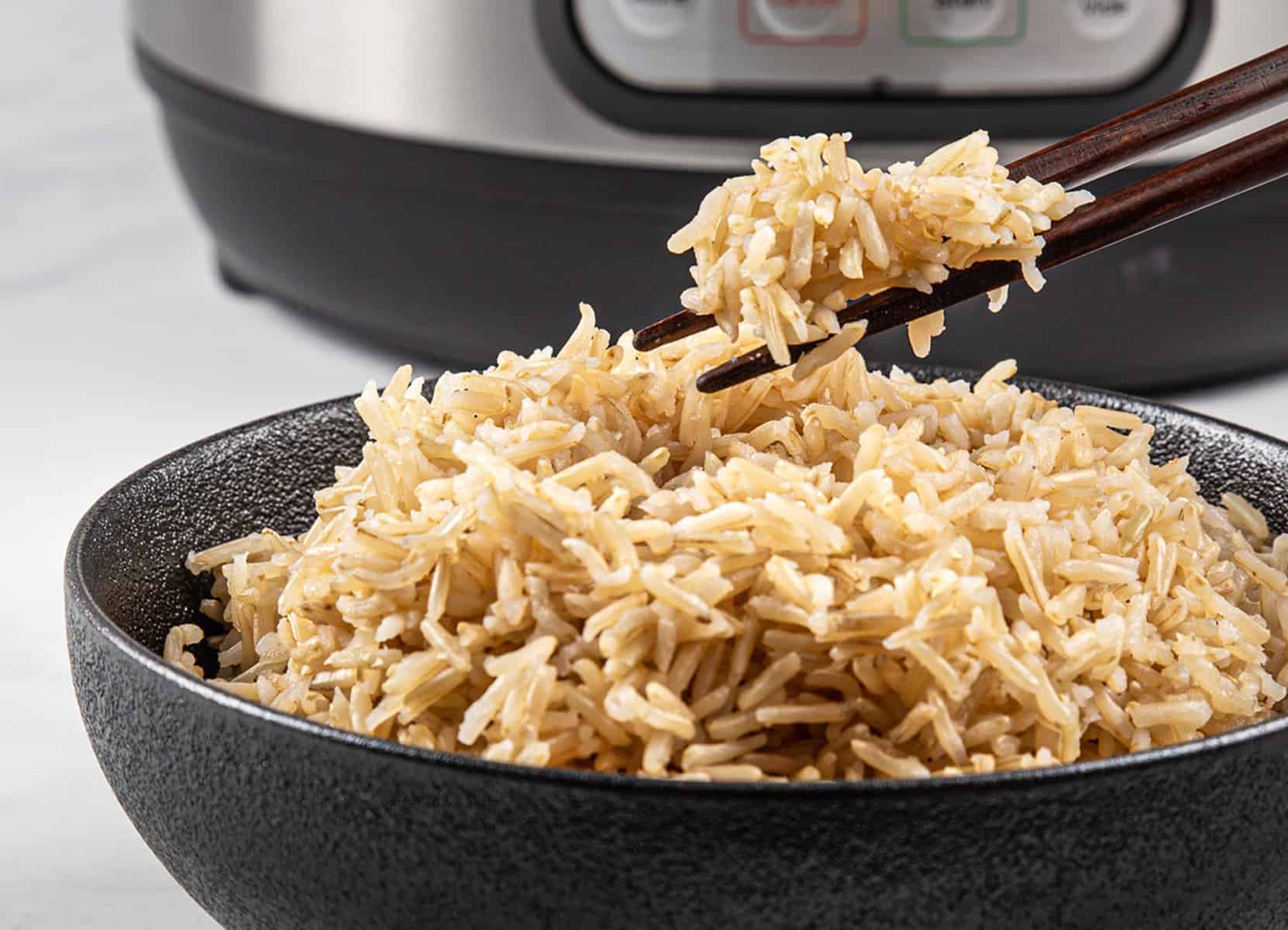
Basmati rice, known for its distinct aroma and long grains, stands out among rice varieties. Native to India and Pakistan, it’s often a star in Indian and Middle Eastern dishes. Cooking this rice releases a unique fragrance that can fill a kitchen with a nutty, popcorn-like scent. This aromatic grain holds its shape well, making it perfect for pilafs, biryanis, and even as a side dish. Its delicate flavor and fluffy texture can complement a wide range of cuisines, from spicy curries to grilled meats. For rice lovers, Basmati offers a delightful experience that’s hard to beat.
Read More About Basmati: 16 Facts About Basmati Rice
7
of 9
Arborio
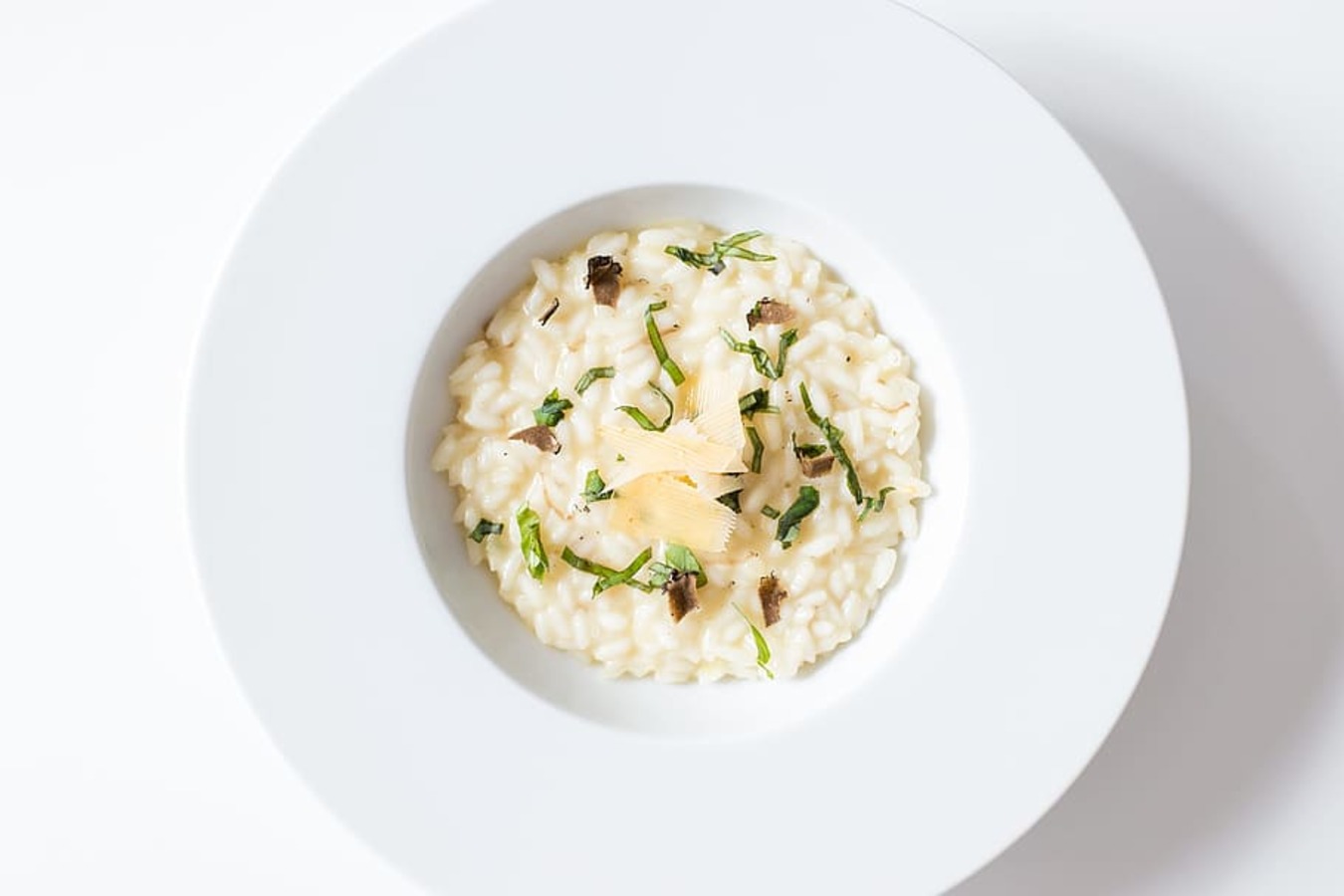
Arborio rice, a staple of Italian cuisine, gets its name from the town of Arborio in the Po Valley. This short-grain rice stands out due to its high starch content, which gives risotto its creamy texture. With a slightly chewy bite, Arborio absorbs flavors wonderfully, making it perfect for savory dishes. It’s not just for risotto, though; try it in rice pudding or paella for a twist. Cooking Arborio rice is straightforward but requires constant stirring to release its starch and achieve that signature creaminess. Its versatility and texture make it a favorite in kitchens worldwide.
Read More About Arborio: 13 Facts About Arborio Rice
8
of 9
Koshihikari
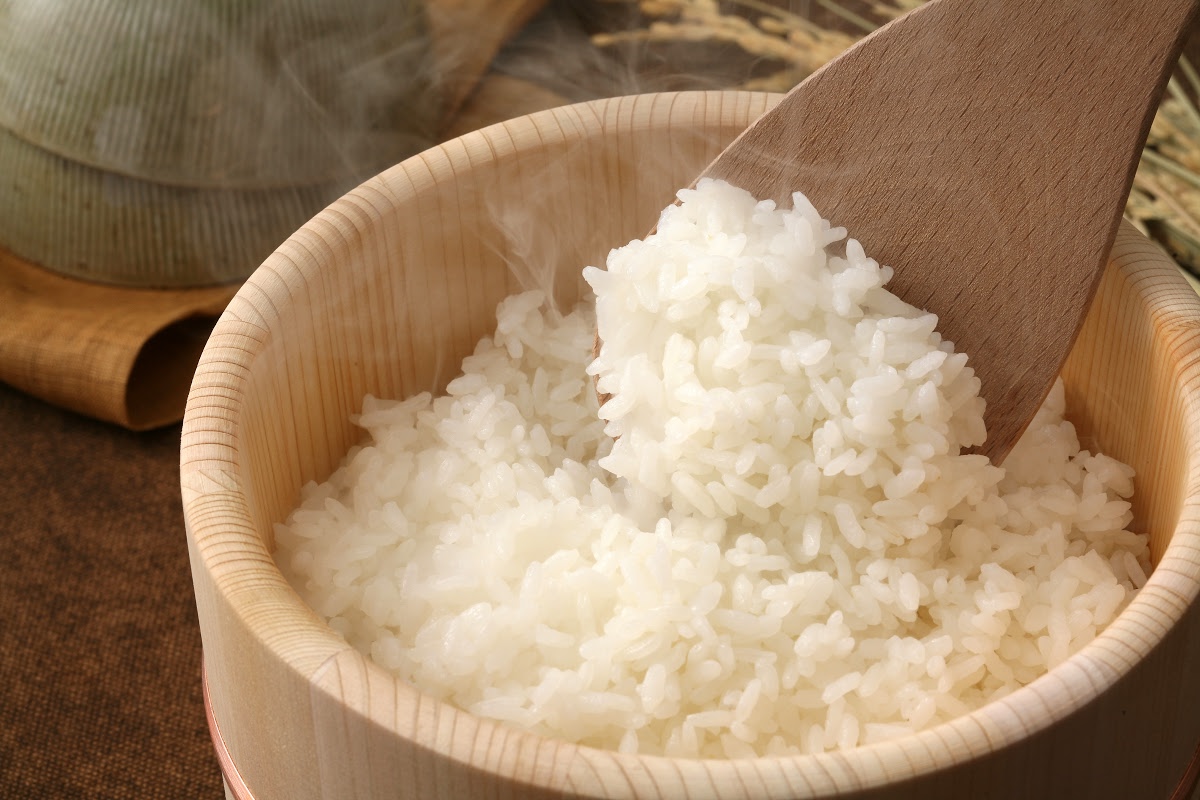
Koshihikari rice, one of Japan’s most celebrated varieties, boasts a rich flavor and perfect stickiness, making it ideal for sushi and everyday meals. Originating from Niigata Prefecture, this rice is cherished for its glossy appearance and delightful texture. Farmers rigorously cultivate Koshihikari to ensure top-notch quality, employing traditional methods and modern technology. Its versatility shines through in dishes like onigiri, rice bowls, and more. With a long history and cultural significance, Koshihikari has a special place in Japanese cuisine and beyond. Dive into the world of this exceptional rice and experience its unmatched taste and texture.
Read More About Koshihikari: 12 Facts About Koshihikari Rice
9
of 9
Wild Rice
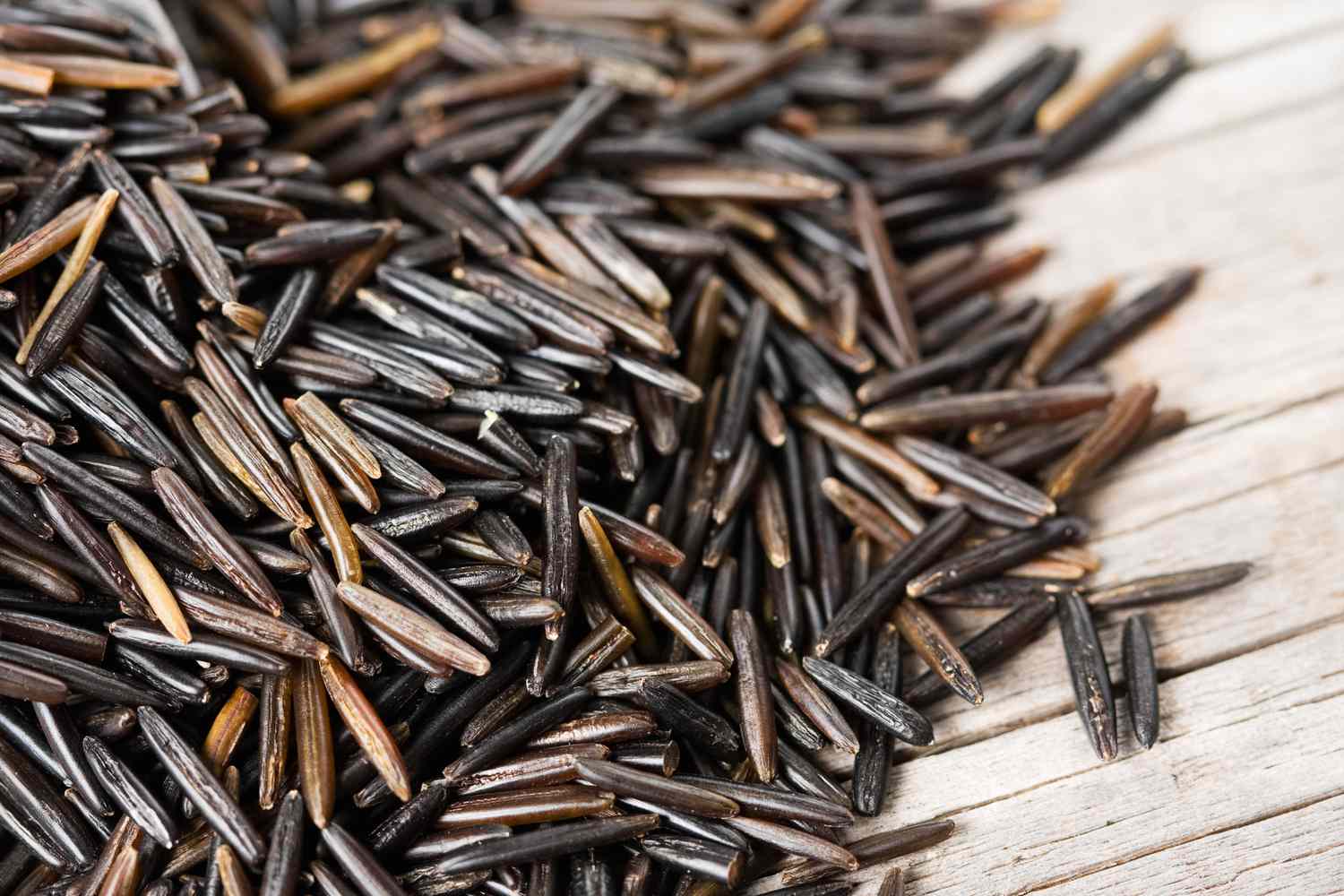
Wild rice, native to North America, is not actually rice but rather the seed of aquatic grasses. It boasts a rich, nutty flavor and a chewy texture, making it a popular ingredient in various dishes, from salads to soups. High in protein, fiber, and essential nutrients like magnesium and zinc, wild rice offers numerous health benefits. Learn more about the origins, nutritional value, and culinary uses of wild rice in our comprehensive article!
Read More About Wild Rice: 16 Facts About Wild Rice
Was this page helpful?
Our commitment to delivering trustworthy and engaging content is at the heart of what we do. Each fact on our site is contributed by real users like you, bringing a wealth of diverse insights and information. To ensure the highest standards of accuracy and reliability, our dedicated editors meticulously review each submission. This process guarantees that the facts we share are not only fascinating but also credible. Trust in our commitment to quality and authenticity as you explore and learn with us.
